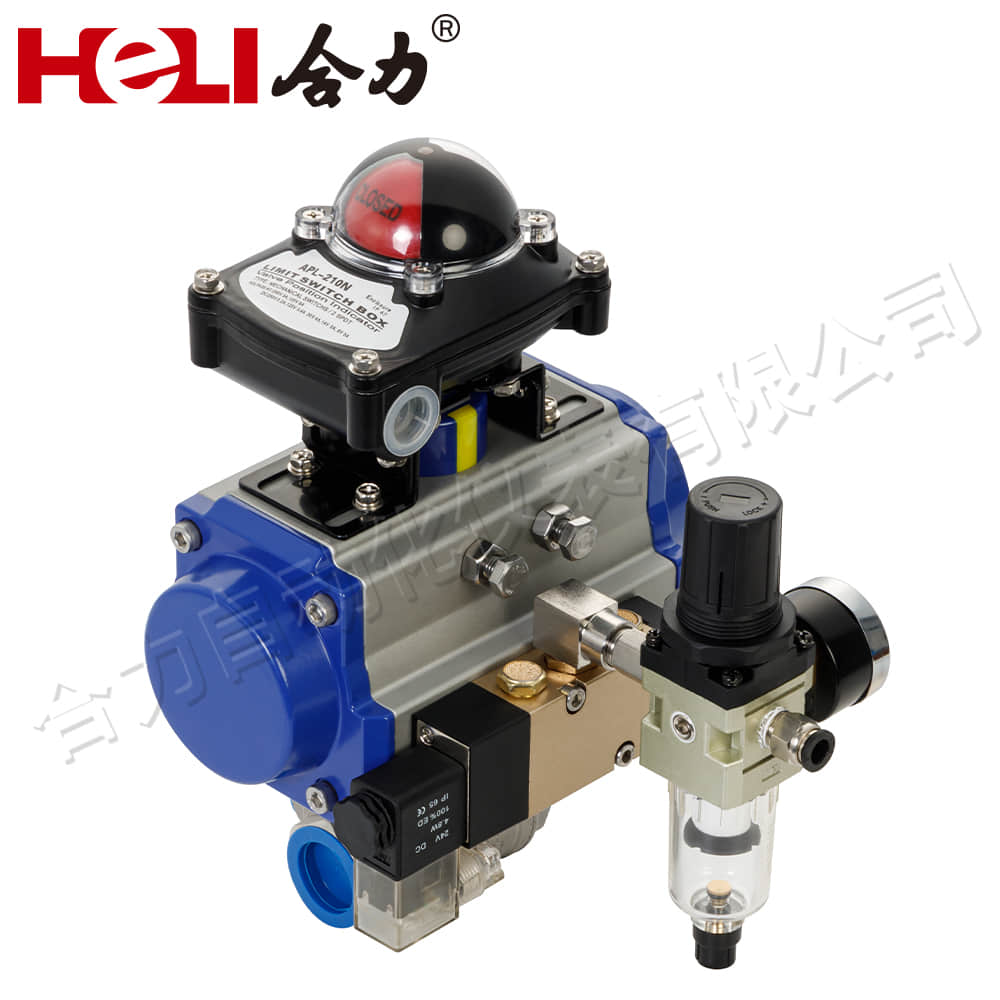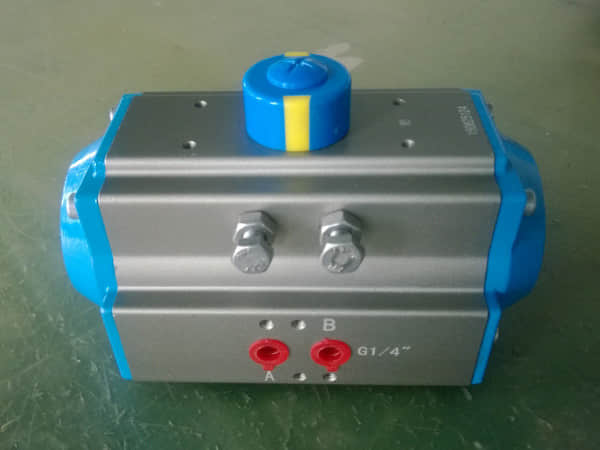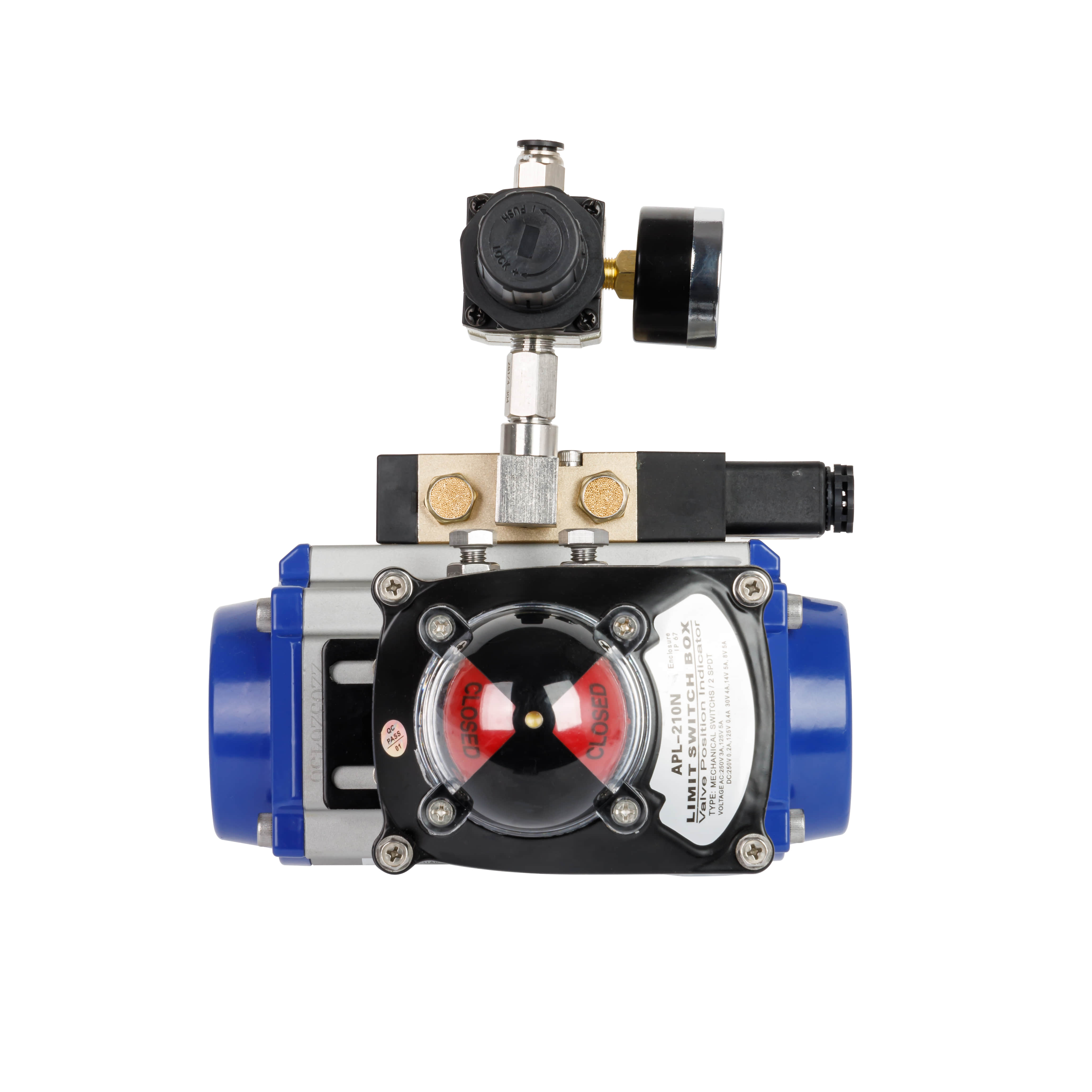
Pneumatic actuators are devices that convert compressed air into mechanical motion. They are essential components in many industrial applications due to their efficiency, simplicity, and robustness. These actuators utilize air pressure to drive various mechanisms, making them a popular choice for tasks requiring precise and reliable actuation.

One of the most notable features of pneumatic actuators is their ability to generate linear or rotary motion. Linear actuators, such as pneumatic cylinders, are designed to produce a back-and-forth movement. These cylinders are often employed in applications like conveyor systems, where they move items along a production line or automate processes such as packaging and assembly. Rotary pneumatic actuators, on the other hand, create rotational motion and are used in applications that require a rotating action, such as opening and closing valves or driving rotary tools.

